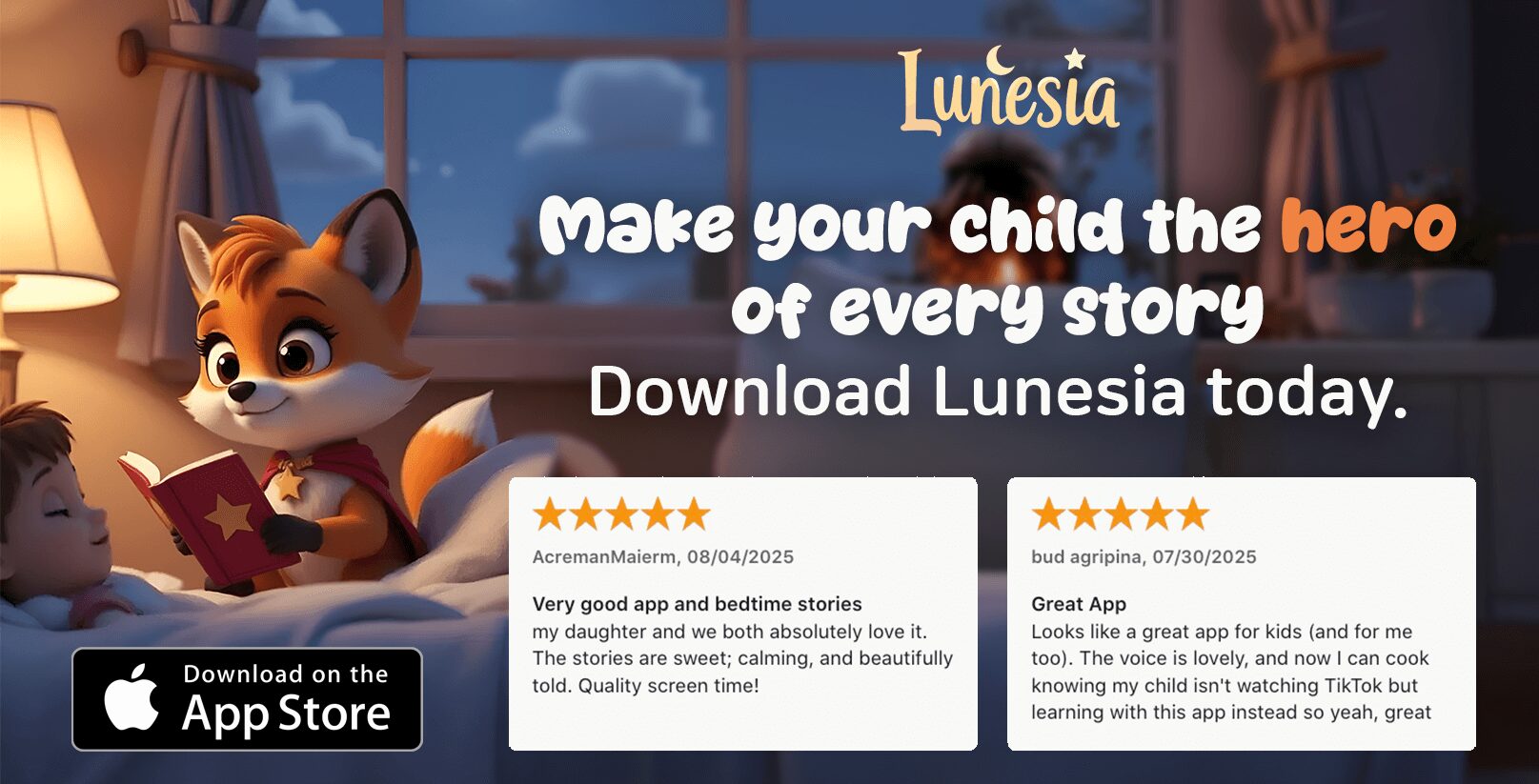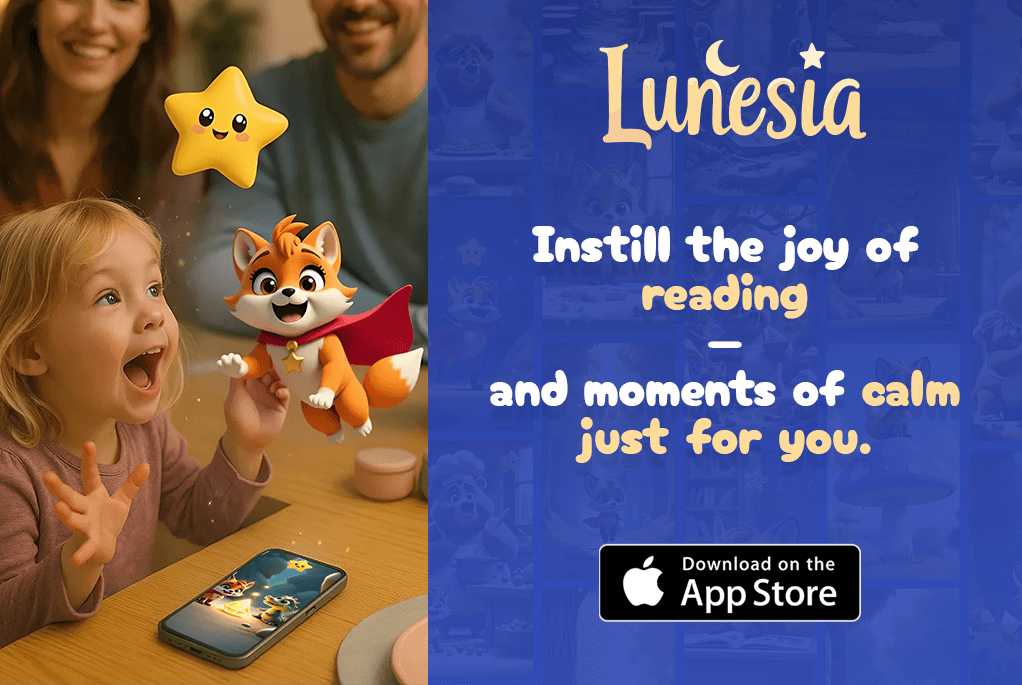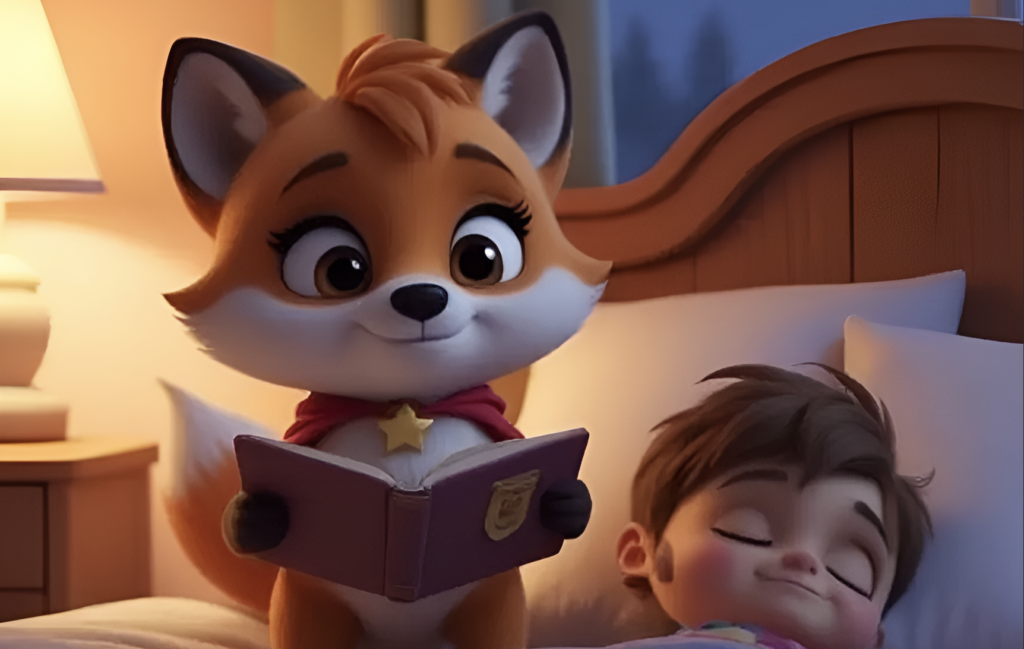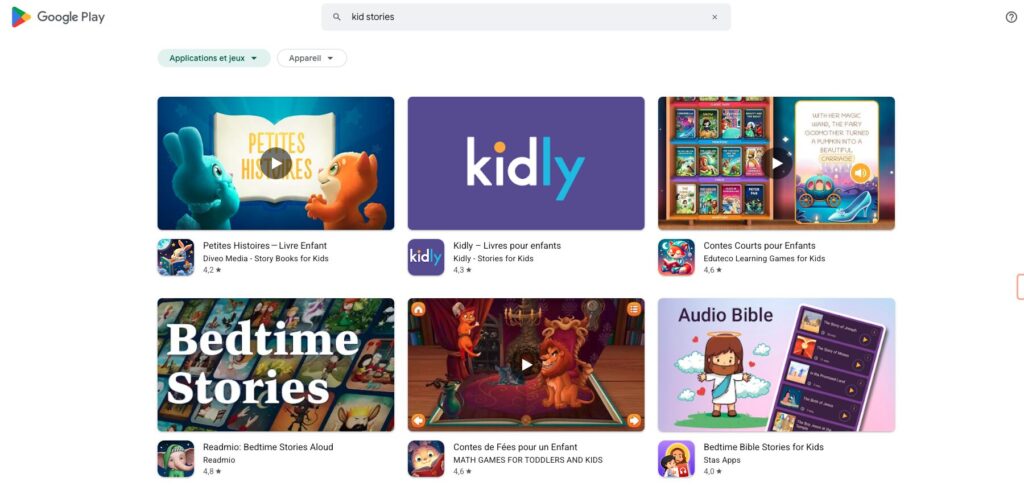When my daughter first reached for a story at the library, I faced a dilemma. Should I hand her a colorful tablet or a traditional book? Like many parents, I wanted to make the best choice for her learning journey.
Over time, I’ve seen how reading formats have evolved. From the tactile charm of paper pages to the interactive features of modern devices, each option has its unique appeal. It’s fascinating to see how the history of reading continues to shape our choices today.
As a parent, I’ve learned that the decision isn’t just about convenience. It’s about what sparks curiosity and fosters growth in our children. Whether it’s the feel of a page or the click of a screen, the goal remains the same: to nurture a love for stories.
Understanding the Digital and Physical Reading Landscape
The way kids engage with stories has transformed over the years. As a parent, I’ve found myself weighing the pros and cons of modern and traditional formats. Both have unique strengths, and understanding them can help you make the best choice for your child.
What Are Digital Stories?
Digital stories bring a new dimension to reading. They often include interactive interfaces, animations, and sound effects that captivate young minds. Platforms like Kanopy and OverDrive offer a wide range of stories, making it easy to search for content that matches your child’s interests.
These platforms also provide practical learning experiences. For example, interactive quizzes and read-along features can enhance comprehension and keep kids engaged. It’s a modern approach that blends entertainment with education.
The Enduring Appeal of Paper Books
On the other hand, there’s something timeless about holding a book in your hands. The tactile experience of turning a page can be incredibly satisfying for kids. It’s a sensory journey that digital formats can’t fully replicate.
Paper books also encourage focus. Without the distractions of screens, children can immerse themselves in the story. This can be especially helpful for developing concentration and critical thinking skills.
Ultimately, the choice between digital and physical formats depends on your child’s needs. By understanding both options, you can create a balanced reading experience that fosters growth and curiosity.
Exploring the Advantages of Digital Books for Kids
Finding the right tools to spark my child’s imagination has been a journey. Over time, I’ve discovered how modern reading platforms can make learning more engaging and accessible. Let’s dive into what makes these tools so beneficial for families and students alike.
Interactive Features That Enhance Learning
One of the standout features of modern reading platforms is their interactivity. Animations, clickable vocabulary, and integrated quizzes turn reading into a playful experience. For example, platforms like Sora and OverDrive offer stories where kids can tap on words to hear pronunciations or explore definitions.
These tools also encourage active participation. Interactive quizzes help reinforce comprehension, while read-along features support early readers. It’s a blend of entertainment and education that keeps kids engaged and curious.
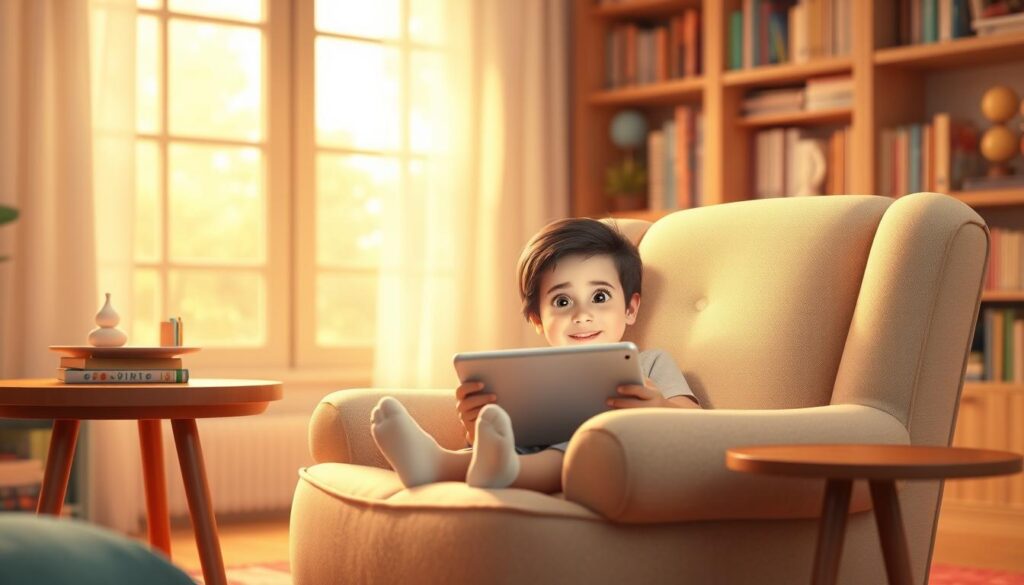
Convenience for Busy Families
For families on the go, these platforms are a game-changer. With just a few clicks, you can access a vast library of stories anytime, anywhere. Whether you’re waiting at the doctor’s office or traveling, your child’s favorite book is always within reach.
This convenience extends to students as well. Instant access to diverse content means they can explore new genres or dive deeper into their interests. It’s a practical way to support their learning journey without the hassle of physical storage.
| Feature | Benefit |
|---|---|
| Interactive Quizzes | Enhances comprehension and retention |
| Clickable Vocabulary | Supports language development |
| Instant Access | Convenient for busy schedules |
Another interesting aspect is how these platforms adapt to different age groups. For older readers, some narratives even include modern twists on classic genres like romance, making them more relatable and engaging. It’s a testament to how reading continues to evolve with technology.
Engaging Learning Experiences for Students
Watching my child interact with multimedia learning tools has been eye-opening. The blend of audio, video, and interactive graphics has transformed how they engage with stories and information. It’s fascinating to see how these elements can make learning more dynamic and enjoyable.
How Multimedia Enhances Learning
Multimedia content brings stories to life in ways traditional formats can’t. For example, platforms like TeachingBooks and OverDrive offer features like read-along audio and clickable vocabulary. These tools not only entertain but also help kids understand complex concepts more easily.
Interactive graphics and animations make learning more engaging. They encourage kids to explore and interact with the content, which boosts retention. It’s a powerful way to combine fun and education.
Personal Insights on Comprehension and Retention
From my experience, multimedia tools have significantly improved my child’s comprehension. The ability to hear pronunciations or see visual explanations reinforces their understanding. It’s like having a built-in tutor that adapts to their learning pace.
These tools also help with retention. When kids can see, hear, and interact with content, they’re more likely to remember it. It’s a modern approach that aligns with how children naturally learn.
Supplemental Information and Academic Benefits
One of the biggest advantages is the ability to integrate supplemental information. For instance, a story about space might include links to videos about planets or quizzes on astronomy. This enriches the learning experience and encourages curiosity.
Platforms with millions of digital books, like OverDrive, provide endless opportunities for exploration. Kids can dive deeper into topics they’re passionate about, making learning more personalized and effective.
- Audio and Video: Enhance understanding through auditory and visual aids.
- Interactive Graphics: Encourage active participation and exploration.
- Supplemental Resources: Provide additional context and depth to learning.
Multimedia tools are more than just entertainment—they’re a dynamic way to support academic growth. By combining technology with education, we can create engaging learning experiences that inspire kids to explore and grow.
Building a Modern Library for the Digital Age
As a parent, I’ve seen how libraries are evolving to meet modern needs. The shift from traditional shelves to comprehensive collections is reshaping how we access knowledge. It’s a change that’s making life easier for families and educators alike.

Transitioning from Traditional to Digital Collections
Many community libraries are now embracing platforms like OverDrive to expand their offerings. These tools allow access to millions of titles, from classic novels to educational resources. It’s a practical way to ensure that everyone can find something they love.
One of the biggest advantages is convenience. With just a few clicks, you can borrow a book or explore a new genre. This is especially helpful for busy parents who want to encourage reading without the hassle of physical storage.
“Libraries are no longer just buildings—they’re gateways to endless possibilities.”
Curating a modern library involves more than just adding digital titles. It’s about creating a space that meets the needs of today’s tech-savvy readers. For example, some libraries now offer virtual story times and online book clubs, fostering a sense of community even from home.
This transition also supports educators. With instant access to trusted content, teachers can easily integrate resources into their lessons. It’s a win-win for everyone involved.
Free Digital Resources and Online Libraries
Exploring free resources has opened up a world of possibilities for my family. Platforms like OverDrive and Sora have made it easy to access a vast collection of stories and educational materials. These tools are a game-changer for parents and educators alike.
Leveraging Platforms Like OverDrive and Sora
OverDrive and Sora are trusted platforms that offer free access to quality content. With just a library card, you can borrow ebooks, audiobooks, and even videos. It’s a convenient way to keep your child engaged in reading without breaking the bank.
These platforms are user-friendly and cater to different age groups. Whether your child is into adventure stories or educational content, there’s something for everyone. The process is simple: browse, borrow, and enjoy.
Discovering a World of Free Books
One of the best things about these platforms is the variety. From classic novels to modern favorites, the options are endless. For students, this means access to a wealth of knowledge that supports their learning journey.
Free digital lending removes the physical boundaries of a traditional library. You can explore new genres or dive deeper into topics of interest, all from the comfort of your home. It’s a modern way to foster a love for stories.
“Access to free resources has transformed how my child learns and explores the world.”
These platforms also encourage independent reading. Kids can choose what interests them, making the experience more personal and engaging. It’s a win-win for families and educators.
From History to Romance: Exploring Diverse Genres
From ancient tales to modern narratives, storytelling has always been a reflection of our world. It’s fascinating to see how genres have evolved over time, offering something for every reader. Whether you’re drawn to the mysteries of the past or the complexities of modern life, there’s a story waiting to captivate you.
A Glimpse into the Evolution of Storytelling
Storytelling has come a long way from its historical roots. Early tales were passed down orally, capturing the essence of cultures and traditions. Over time, these stories were written down, preserved in libraries, and shared across generations. Today, modern platforms have transformed how we access and engage with narratives.
One of the most significant changes is the variety of genres now available. From historical epics to contemporary romance, readers can explore a wide range of themes. This evolution reflects the dynamic nature of human creativity and the ever-changing interests of audiences.
Romance, Mystery, and Contemporary Narratives
Modern storytelling platforms have broadened the scope of genres, making it easier than ever to find what you love. For instance, romance novels have evolved from traditional tales to include diverse perspectives and modern twists. Authors like Beverly Jenkins have paved the way for narratives that reflect the richness of our world.
Mystery and suspense genres have also seen a resurgence, with intricate plots and unexpected twists keeping readers on the edge of their seats. Contemporary narratives, on the other hand, explore themes that resonate with today’s audiences, offering a mirror to our own lives.
“The beauty of storytelling lies in its ability to connect us, no matter the genre or era.”
Searching for specific genres has never been easier. Advanced tools in modern libraries allow readers to filter by theme, author, or even mood. This convenience ensures that everyone can find a story that speaks to them.
| Genre | Key Features |
|---|---|
| Romance | Diverse perspectives, modern twists, emotional depth |
| Mystery | Intricate plots, suspenseful twists, engaging puzzles |
| Contemporary | Relevant themes, relatable characters, modern settings |
As a reader, I’ve discovered that exploring diverse genres enriches my understanding of the world. Each story offers a unique lens through which to view life, making storytelling an endlessly rewarding experience.
Considerations for Choosing the Right Format for Your Child
Choosing the right format for your child’s reading journey can feel overwhelming at first. With so many options available, it’s important to consider their unique needs and preferences. Let’s explore how to make the best choice for their growth and enjoyment.
Assessing Learning Styles and Preferences
Every child learns differently. Some thrive with interactive features, while others prefer the simplicity of turning a page. Start by observing how your child engages with stories. Do they enjoy tapping on screens or flipping through physical copies? This can give you valuable insights into their learning style.
Interactive formats often include animations and quizzes, which can enhance comprehension. However, tactile experiences with paper copies can improve focus and retention. Balancing both can create a well-rounded reading experience.
Blending Genres to Broaden Interests
Introducing diverse genres can spark curiosity and keep your child engaged. For example, a romance narrative with modern twists can appeal to older readers, while adventure stories captivate younger ones. Platforms like Open Library offer access to millions of titles, making it easy to explore new themes.
Here’s a quick guide to help you decide:
| Format | Benefits |
|---|---|
| Interactive | Engages with animations and quizzes |
| Physical | Encourages focus and tactile learning |
Balancing Screen Time with Tactile Benefits
While interactive formats are convenient, it’s essential to balance screen time. Encourage your child to alternate between digital and physical copies. This not only reduces eye strain but also allows them to enjoy the best of both worlds.
Using search tools to access a million book titles can simplify the process. Whether you’re looking for educational resources or entertaining stories, these tools empower you to make informed decisions.
“The right format can transform reading into a lifelong passion for your child.”
By assessing their preferences and blending genres, you can create a reading experience that fosters growth and curiosity. Remember, the goal is to nurture their love for stories, no matter the format.
Conclusion
Navigating the world of reading formats for my child has been both challenging and rewarding. I’ve discovered that both interactive and traditional options have unique strengths. While turning a page offers a tactile charm, modern platforms provide engaging features that spark curiosity.
Trusted resources like OverDrive and Open Library make it easy to access a wealth of information. These tools allow families to explore diverse genres and create a balanced reading experience. Whether it’s a trip to the library or a click on a screen, the goal remains the same: to nurture a love for stories.
As you consider the best format for your child, remember that informed choices can transform reading into a meaningful journey. Let’s continue this conversation and explore how modern learning can inspire growth and curiosity in every child.
FAQ
What are the main differences between digital stories and paper books for kids?
Digital stories often include interactive features like animations, sound effects, and quizzes, which can make learning more engaging. Paper books, on the other hand, offer a tactile experience and are great for reducing screen time. Both formats have unique benefits depending on your child’s needs.
How can digital books enhance my child’s learning experience?
Digital books can provide multimedia content such as videos, audio narration, and interactive elements that help reinforce concepts. They’re also convenient for families on the go, allowing access to a vast library of titles anytime, anywhere.
Are there free resources for accessing digital books?
Yes! Platforms like OverDrive and Sora offer free access to thousands of titles through public libraries. These resources make it easy to explore diverse genres, from history to romance, without any cost.
How do I decide which format is best for my child?
Consider your child’s learning style and preferences. If they enjoy hands-on activities and less screen time, paper books might be ideal. For tech-savvy kids who thrive on interactive content, digital stories could be a better fit.
Can I build a modern library that includes both digital and physical books?
Absolutely! Transitioning to a hybrid library allows you to enjoy the best of both worlds. You can keep traditional paper books while also incorporating digital collections to expand your child’s reading options.
What genres are available in digital storytelling?
Digital storytelling covers a wide range of genres, from historical narratives to contemporary romance and mystery. This diversity ensures there’s something for every reader, no matter their interests.
How do interactive features in digital books benefit students?
Interactive features like quizzes, animations, and clickable elements keep students engaged and help them retain information better. These tools make learning fun and effective, especially for younger readers.

